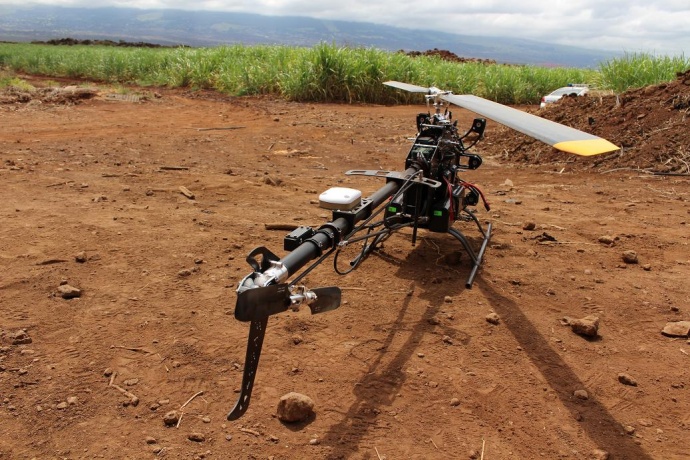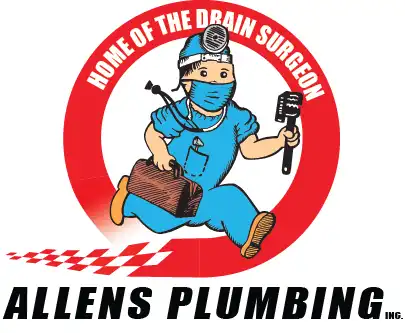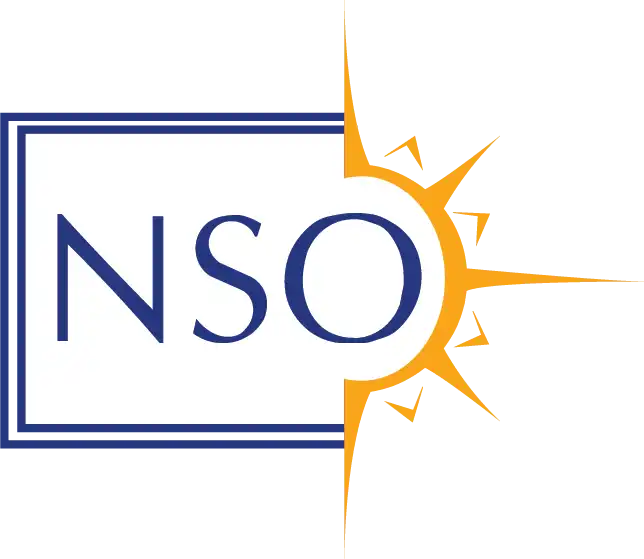HC&S Launches Unmanned Aerial Vehicle to Improve Irrigation

Unmanned Aerial Vehicle to be used to improve irrigation practices and crop yield at HC&S. Photo by Wendy Osher.
[flashvideo file=http://www.youtube.com/watch?v=ECxPPAFNw_k /] By Wendy Osher
Hawaiian Commercial & Sugar Company held a test run of an Unmanned Aerial Vehicle or UAV, that it plans to use to improve irrigation practices at the company’s sugar cane fields.
“Water is one of our most significant resources to have good cane production, and whatever technologies that we can use to improve our efficiency [and] productivity of its use is important to us. Therefore, this is the latest in our efforts to upgrade our technological usage to do our job better,” said Mae Nakahata, agronomist with HC&S.
The base configuration alone cost $65,000, not including accessories and camera equipment, which can range upwards of $150,000 for a hyper-spectral de-militarized camera, or $60,000 to $70,000 for other high quality video equipment.
The cost of the UAV was covered under a $10 million naval grant to the USDA, that is now in its third year of a five year program and is aimed at better understanding crop-water relationships.
Company officials obtained an FAA permit to operate the UAV at specific experiment sites where HC&S will be monitoring moisture stress, and differences in growth through infrared and multi-spectral cameras aboard the craft.
“Currently this is a work in progress,” said Nakahata. “This is our first step, so we have three experiments scattered throughout the plantation in quite remote areas–nowhere near residential areas or public highways. Those are the areas within which this unit will be used. It’s a quarter-mile radius around the actual test site,” said Nakahata.

Unmanned Aerial Vehicle to be used to improve irrigation practices and crop yield at HC&S. Photo by Wendy Osher.
The permit, which has been in the works for two years because of its close proximity to Kahului Airport, places a cap on flying at 400-feet in altitude. Authorities say flying will be very focused only in specified cane fields within the core of the plantation, including in the upper reaches of Pulehu and in Māʻalaea.
Company officials say the UAV arrived on Maui on Monday and two individuals will be certified to operate the unit by the end of the week. The 5-foot UAV can fly up to 30 mph over the fields while in video mode, and can assess conditions at a single field in about 10 minutes.
“It’s fast and cost effective–[that] is really the key,” said Scott Heath, a trainer with Leptron Helicopters based out of Colorado. The company sells the UAVs only to agricultural and law enforcement agencies.
“The equipment is actually treated as an aircraft and is stress-rated,” said Heath, who explained that it is very different from something you would find at your local hobby shop. The big difference he said, “is in a 10 mph wind, that operator has to do all the work. This auto pilot–that’s one of the reasons why they’re so expensive is the auto pilot–is doing all the real work to keep it level from big winds and gusts,” and other environmental factors, said Heath.
Heath continued, “It can fly anywhere from 30 minutes to 20 minutes, depending on the camera configuration. This is a high definition camera that’s used for waterline and irrigation work. There’s an infrared camera that’s used for leaf stress, for bugs and also for waterline breaks in the middle. There’s also a multi-spectral camera that’s used for canopy coverage, as well as leaf and crop stress,” said Heath.

Unmanned Aerial Vehicle to be used to improve irrigation practices and crop yield at HC&S. Photo by Wendy Osher.
Nakahata of HC&S said the company currently depends on moisture stress detection by eye through aerial photographs or on the ground when crops have already turned yellow, “but by then you’ve lost (crop) yield. So, our goal is to be able to detect these losses before the eye can see them, which you can with thermal imagery,” said Nakahata.
Agricultural researchers say that if the crop dries out and is compounded by drought conditions, they won’t have water to fix it, and can lose money, water, and growth of the crop, costing the company thousands of dollars. The focus is to move cane production towards an, “affordable, sustainable, reliable feed stock,” said Nakahata.
“Water is such a short resource, we want to make sure that whatever we have is used in a responsible manner,” said Nakahata.

Unmanned Aerial Vehicle to be used to improve irrigation practices and crop yield at HC&S. Photo by Wendy Osher.
According to Nakahata, the US is further behind other locations in adopting this technology, noting that Japan had already implemented UAVs commercially in rice paddy cultivation by 2005.
“The helicopter is weather-proofed. It’s rated up to 65 mph, but the optimal flying conditions are roughly about 30 mph,” said Heath. “The pilots have a visual flight reference, so it can’t be raining or foggy when they fly it, but here in Maui, there’s lots of good days–it’s really just the wind. Primary operating conditions are up to the pilots as they see when they come out and fly,” said Heath.
“We’d like to thank the FAA, the USDA, and the Office of Naval Research for the opportunity that this has provided us; and I’d like to think that this is one step in getting these technologies to not just HC&S, but to agriculture and the state of Hawaiʻi,” said Nakahata.

Unmanned Aerial Vehicle to be used to improve irrigation practices and crop yield at HC&S. Photo by Wendy Osher.

Unmanned Aerial Vehicle to be used to improve irrigation practices and crop yield at HC&S. Photo by Wendy Osher.











